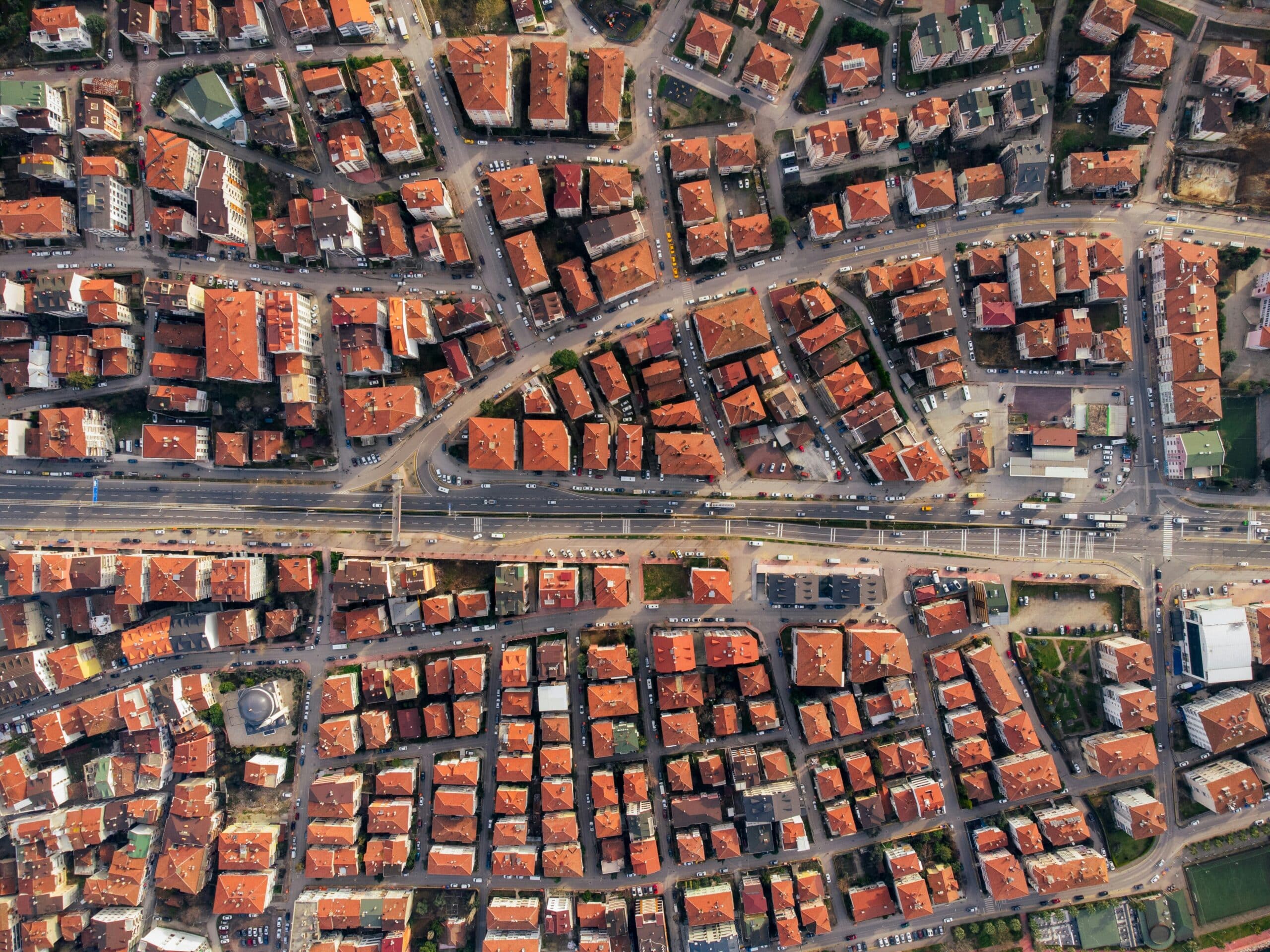By: Brian Smith
In the contemporary global landscape, border control needs to continue to grow and evolve. Enhanced border security serves as a critical mechanism for ensuring national security, regulating immigration, and facilitating legitimate trade and travel. Yet, border security agencies worldwide confront a myriad of challenges that complicate their mission. These challenges range from the vast and often rugged terrains that must be monitored to the sophisticated tactics employed by smugglers and unauthorized entrants and the intricate balance of facilitating smooth cross-border movement while preventing illegal activities.
Affaire Securiport understands that there is a pressing need for a comprehensive approach to border control in light of these obstacles. Such an approach must leverage advanced technology, enhance international cooperation, and foster innovative strategies to manage borders effectively. As a leader in airport and border security efforts across Africa, Affaire Securiport explores the multifaceted nature of border control.
Leveraging Technology for Surveillance and Monitoring
In an era where technological advancements are transforming every aspect of society, border security agencies are increasingly turning to cutting-edge solutions to strengthen surveillance and monitoring capabilities.
“Advanced surveillance systems, such as high-resolution cameras, biometric identification technologies, and radar systems, play a pivotal role in enhancing border security,” says a Securiport tech expert. “These technologies enable continuous monitoring of vast and challenging terrains, offering real-time data crucial for detecting unauthorized entries and smuggling activities.”
The integration of such systems into border security operations ensures a more robust and responsive control mechanism capable of covering areas that are otherwise difficult for human patrols to access. The incorporation of artificial intelligence (AI) and machine learning (ML) into border control strategies represents a significant leap forward in predictive analysis. AI and ML algorithms can analyze vast amounts of data collected from various sources, including satellite imagery, sensor networks, and historical crossing patterns, to predict potential security threats with remarkable accuracy.
The utilization of drones and other unmanned aerial vehicles (UAVs) has impacted border monitoring, offering a versatile and cost-effective tool for surveillance. Drones equipped with advanced imaging technology can provide real-time aerial views of remote and rugged terrains, making it easier to monitor and respond to incidents along the border.
Collectively, these technological innovations augment the surveillance and monitoring capabilities of border security agencies while simultaneously representing a paradigm shift in how borders are managed and protected in the 21st century. By leveraging technology, nations can ensure a more secure, efficient, and effective border control system that addresses both current and emerging security challenges.
Strengthening Physical Infrastructure
Strengthening physical infrastructure is a fundamental aspect of enhancing border security, serving as the first line of defense against unauthorized entries and illegal activities.
Notes a strategic analyst at Affaire Securiport, “Physical structures are not merely about creating impediments but are strategically designed and placed to manage and control the flow of people and goods across borders efficiently.”
Implementing modern sensor technologies complements physical barriers by adding a layer of sophistication to perimeter security. Advanced sensors, including motion detectors, seismic sensors, and infrared cameras, are integrated into the border infrastructure, providing continuous monitoring and detection capabilities. These technologies can alert border security personnel to potential breaches or suspicious activities in real-time, allowing for swift responses. The sensors’ ability to differentiate between animal movements and human activities minimizes false alarms, ensuring resources are focused on genuine threats.
Investing in the physical and technological enhancement of border infrastructure is crucial for maintaining national security and managing cross-border movements effectively. By combining robust physical barriers with advanced sensor technologies and continuous infrastructure upgrades, border security agencies can create a multifaceted defense system capable of withstanding and adapting to the evolving landscape of security threats.
Enhancing Cross-Agency Collaboration
Enhancing cross-agency collaboration is pivotal in fortifying border security measures, necessitating a synchronized approach that transcends individual agency efforts. Information sharing among border control agencies is the cornerstone of effective border management.
“By exchanging intelligence and operational data, agencies can create a cohesive understanding of threats and patterns of illegal activities,” says an Affaire Securiport representative.
This collaborative environment enables the development of unified strategies, ensuring that resources are optimally allocated and efforts are not duplicated. Information-sharing mechanisms, such as joint databases and communication platforms, facilitate the timely and secure exchange of critical data, enhancing the collective capacity to respond to security challenges.
Building partnerships with international organizations and neighboring countries further amplifies the effectiveness of border security operations. Such collaborations are essential for managing shared borders and addressing transnational threats collaboratively. These partnerships ensure that border security does not operate in isolation but as part of a global network committed to safeguarding borders against illegal activities, including human trafficking, drug smuggling, and terrorism.
The role of technology in facilitating seamless communication and coordination among agencies and international partners is transformative. Advanced communication systems enable real-time information exchange and coordination, which is crucial for responding to dynamic border security challenges. Integrated surveillance systems and shared databases allow for a unified operational picture, enhancing situational awareness across agencies and borders. Moreover, technology platforms can support collaborative planning and execution of operations, ensuring that all parties are informed and aligned in their security efforts.
The Future of Border Control Enhancements
The evolution of border security will undoubtedly be shaped by innovations in technology and deeper international cooperation. As one navigates an increasingly interconnected world, the challenges at the borders will grow more complex, necessitating adaptive and forward-thinking strategies. The fusion of artificial intelligence, machine learning, and unmanned aerial systems with traditional security measures promises a new era of efficiency and effectiveness in border control operations.
The strengthening of international partnerships and collaborative frameworks will be essential in addressing the transnational nature of security threats. Embracing a holistic approach that integrates technological advancements with enhanced cross-agency and international collaboration will be key to ensuring the integrity of borders in the face of evolving challenges.
Published by: Martin De Juan







